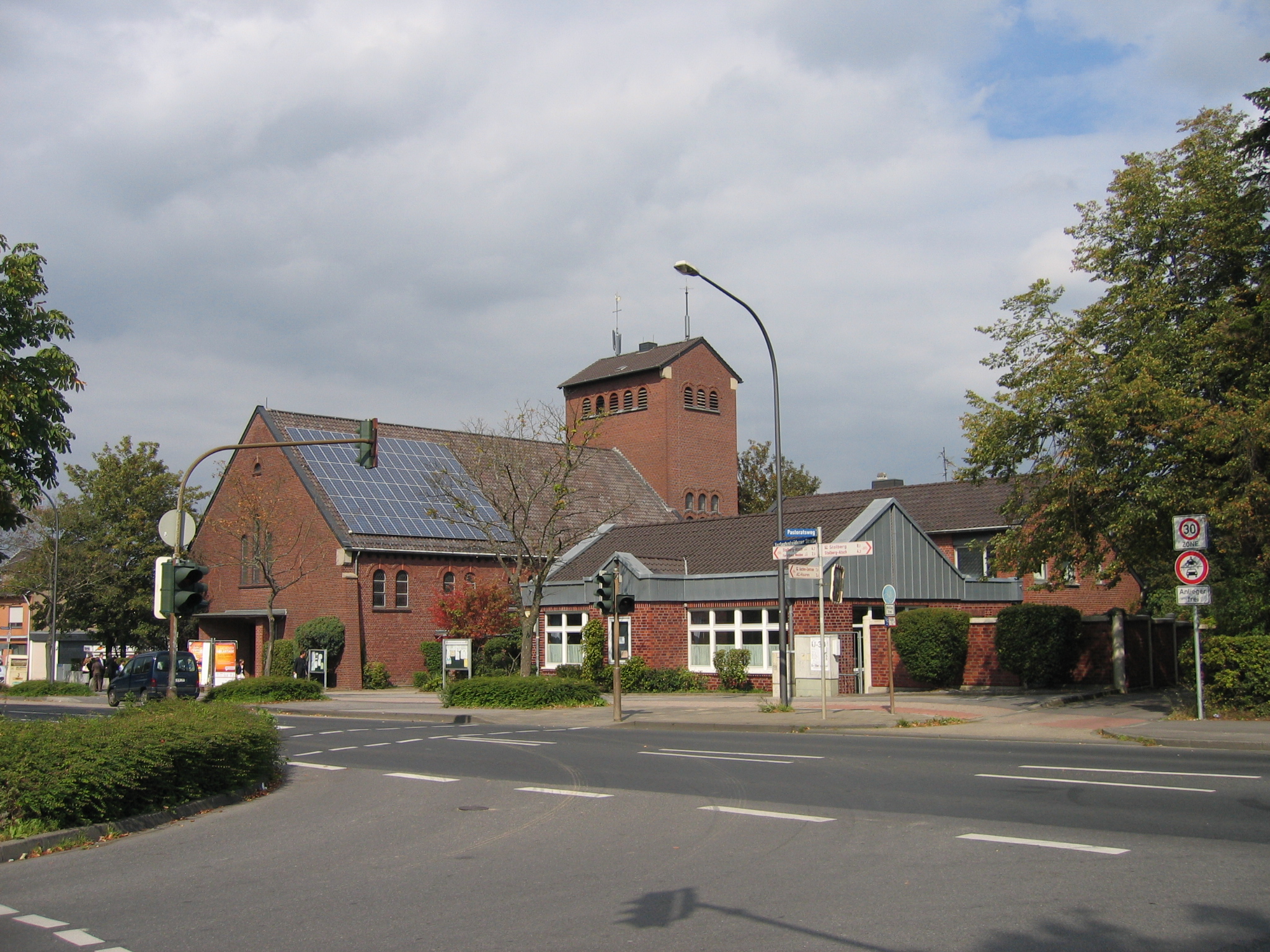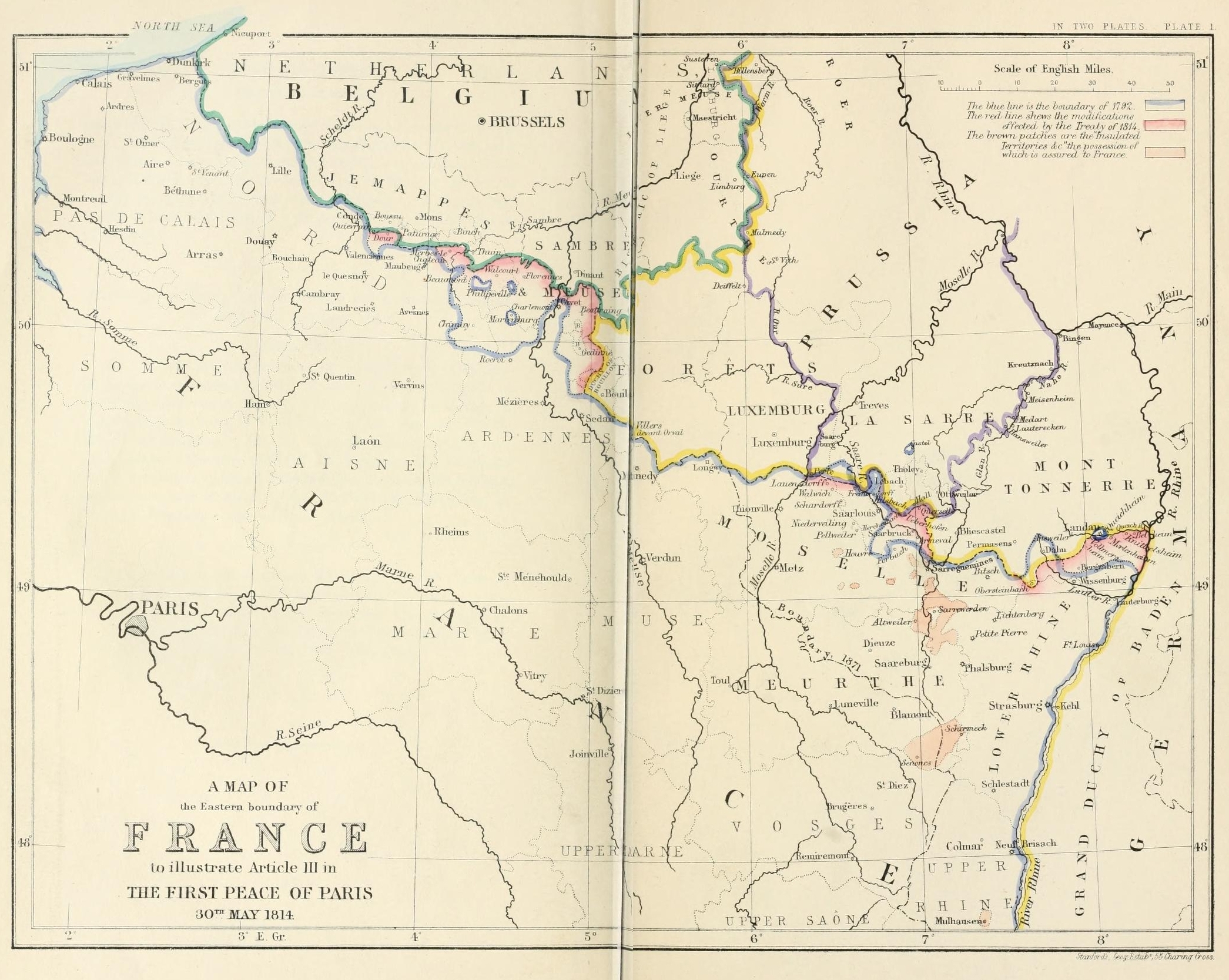|
Verlautenheide
Verlautenheide is a rural section of northeast Aachen, with a population of around 3500. The community lies within the administrative district of Haaren. Its highest point is the Haarberg (around 240 m). The east end of the town is known as ''Quinx''. History The village of Verlautenheide initially developed around the estate ''Heiderhof'' and was originally known as "Die Heyd". Much later, it became a Linear settlement (known in German as a ''Straßendorf''). Verlautenheide was first mentioned (as ''Heide boven Haren'') in 1445, in a lease and interest register for the Imperial Kornelimünster Abbey. The Kahlgracht Mill (''Kahlgrachtmühle''), which was built in the area of Verlautenheide in the 15th century, is an important testament to the town's existence then. Together with Haaren, Verlautenheide belonged to Aachen until the end of the 19th century. At the time, Verlautenheide was also the location of one of the eight watchtowers surrounding and protecting Aachen, whi ... [...More Info...] [...Related Items...] OR: [Wikipedia] [Google] [Baidu] |
Haaren (Aachen)
The formerly independent municipality of Haaren lies four kilometers north of Aachen, into which it was incorporated in 1972. Haaren lies at the fork of the Wurm, itself a tributary of the Rur, and a smaller stream that shares its name with the community. Two kilometers farther east lies the predominantly rural Verlautenheide community. As of 31 December 2020, the community has 12,482 inhabitants spread over 880 hectares. History During the Carolingian dynasty, the region now occupied by Haaren belonged to the Aachen Royal Court. Used as royal hunting grounds, it likely belonged to the Würselen royal estate of Wormsalt. The first written mention to Haaren occurs in 1152, in the medieval ''Annales Rodenses'', which were written at the Rolduc Abbey. Until the 18th century, Haaren belonged (together with Verlautenheide and Würselen) a district of the Free Imperial City of Aachen. The area was occupied by the French in 1792, and again in 1794. Haaren and Verlautenheide wer ... [...More Info...] [...Related Items...] OR: [Wikipedia] [Google] [Baidu] |
Aachen
Aachen ( ; ; Aachen dialect: ''Oche'' ; French and traditional English: Aix-la-Chapelle; or ''Aquisgranum''; nl, Aken ; Polish: Akwizgran) is, with around 249,000 inhabitants, the 13th-largest city in North Rhine-Westphalia, and the 28th-largest city of Germany. It is the westernmost city in Germany, and borders Belgium and the Netherlands to the west, the triborder area. It is located between Maastricht (NL) and Liège (BE) in the west, and Bonn and Cologne in the east. The Wurm River flows through the city, and together with Mönchengladbach, Aachen is the only larger German city in the drainage basin of the Meuse. Aachen is the seat of the City Region Aachen (german: link=yes, Städteregion Aachen). Aachen developed from a Roman settlement and (bath complex), subsequently becoming the preferred medieval Imperial residence of Emperor Charlemagne of the Frankish Empire, and, from 936 to 1531, the place where 31 Holy Roman Emperors were crowned Kings of the Germans. ... [...More Info...] [...Related Items...] OR: [Wikipedia] [Google] [Baidu] |
Linear Settlement
A linear settlement is a (normally small to medium-sized) settlement or group of buildings that is formed in a long line. Many of these settlements are formed along a transport route, such as a road, river, or canal. Others form due to physical restrictions, such as coastlines, mountains, hills or valleys. Linear settlements may have no obvious centre. In the case of settlements built along a route, the route predated the settlement, and then the settlement grew along the transport route. Often, it is only a single street with houses on either side of the road. Mileham, Norfolk, England is an example of this pattern. Later development may add side turnings and districts away from the original main street. Places such as Southport, England developed in this way. A linear settlement is in contrast with ribbon development, which is the outward spread of an existing town along a main street, and with a nucleated settlement, which is a group of buildings clustered around a central po ... [...More Info...] [...Related Items...] OR: [Wikipedia] [Google] [Baidu] |
Kornelimünster Abbey
Kornelimünster Abbey (german: Benediktinerabtei Kornelimünster), also known as Abbey of the Abbot Saint Benedict of Aniane and Pope Cornelius, is a Benedictine monastery that has been integrated since 1972. The abbey is located in Aachen (in the district of Kornelimünster/Walheim) in North Rhine-Westphalia in Germany. History The monastery was founded in 814 on the river Inde by Benedict of Aniane, an adviser to Emperor Louis the Pious (successor to Charlemagne). The monastery was at first known as the "Monastery of the Redeemer on the Inde". In the mid-9th century, the monastery became an Imperial abbey ("Reichsunmittelbar") and received large endowments of land, as well as Biblical or Saviour's relics: a loincloth, a sudarium and two shroud-like cloths. [...More Info...] [...Related Items...] OR: [Wikipedia] [Google] [Baidu] |
Treaty Of Lunéville
The Treaty of Lunéville (or Peace of Lunéville) was signed in the Treaty House of Lunéville on 9 February 1801. The signatory parties were the French Republic and Emperor Francis II, who signed on his own behalf as ruler of the hereditary domains of the House of Austria and on behalf of the Holy Roman Empire. The signatories were Joseph Bonaparte and Count Ludwig von Cobenzl, the Austrian foreign minister. The treaty formally ended Austrian and Imperial participation in the War of the Second Coalition and the French Revolutionary Wars. The Austrian army had been defeated by Napoleon Bonaparte at the Battle of Marengo on 14 June 1800 and then by Jean Victor Moreau at the Battle of Hohenlinden on 3 December. Forced to sue for peace, the Austrians signed the treaty of Lunéville, which largely confirmed the treaty of Campo Formio (17 October 1797), which itself had confirmed the treaty of Leoben (April 1797). The United Kingdom was the sole nation still at war with France for anot ... [...More Info...] [...Related Items...] OR: [Wikipedia] [Google] [Baidu] |
Kingdom Of Prussia
The Kingdom of Prussia (german: Königreich Preußen, ) was a German kingdom that constituted the state of Prussia between 1701 and 1918.Marriott, J. A. R., and Charles Grant Robertson. ''The Evolution of Prussia, the Making of an Empire''. Rev. ed. Oxford: Clarendon Press, 1946. It was the driving force behind the unification of Germany in 1871 and was the leading state of the German Empire until its dissolution in 1918. Although it took its name from the region called Prussia, it was based in the Margraviate of Brandenburg. Its capital was Berlin. The kings of Prussia were from the House of Hohenzollern. Brandenburg-Prussia, predecessor of the kingdom, became a military power under Frederick William, Elector of Brandenburg, known as "The Great Elector". As a kingdom, Prussia continued its rise to power, especially during the reign of Frederick II, more commonly known as Frederick the Great, who was the third son of Frederick William I.Horn, D. B. "The Youth of Frederick ... [...More Info...] [...Related Items...] OR: [Wikipedia] [Google] [Baidu] |
Treaty Of Paris (1814)
The Treaty of Paris, signed on 30 May 1814, ended the war between France and the Sixth Coalition, part of the Napoleonic Wars, following an armistice signed on 23 April between Charles, Count of Artois, and the allies. The treaty set the borders for France under the House of Bourbon and restored territories to other nations. It is sometimes called the First Peace of Paris, as another one followed in 1815. Parties to the treaty This treaty was signed on 30 May 1814, following an armistice signed on 23 April 1814 between Charles, Count of Artois, and the allies. Napoleon had abdicated as Emperor on 6 April, as a result of negotiations at Fontainebleau. Peace talks had started on 9 May between Talleyrand, who negotiated with the allies of Chaumont on behalf of the exiled Bourbon king Louis XVIII of France, and the allies. The Treaty of Paris established peace between France and Great Britain, Russia, Austria, and Prussia, who in March had defined their common war aim in Chaum ... [...More Info...] [...Related Items...] OR: [Wikipedia] [Google] [Baidu] |



